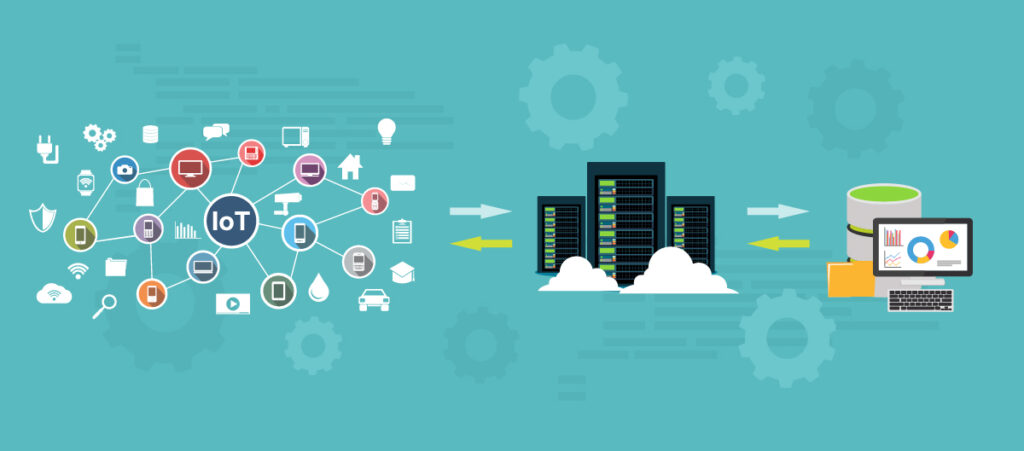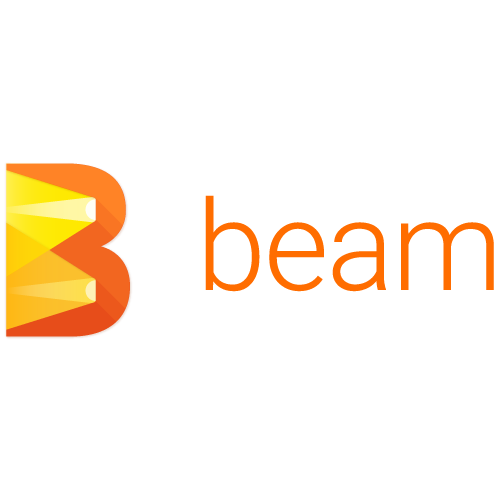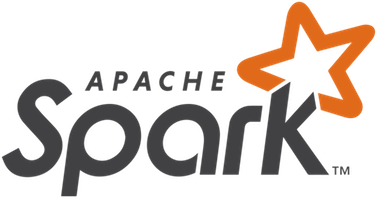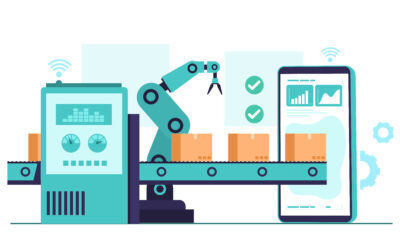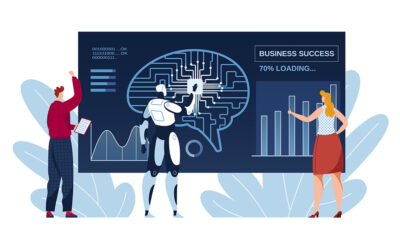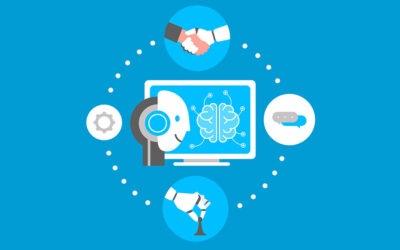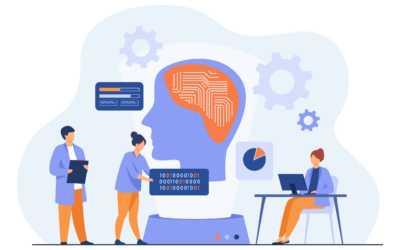Table of Content
- Data Integration Challenges
- Data Integration Solutions with Orchestration Capabilities
- ETL/ELT Pipeline Integration Process
- Metadata and Data Models
- Conclusion
Data has become a strategic asset for most businesses and is critical for gaining operational performance. ETL pipelines are part of the data strategy and an important component of the digital transformation journey.
Enterprises now generate an explosive amount of data—but only about 10 percent of businesses leverage data as their secret sauce for developing innovative offerings and modernized operations.
For efficient and effective use, data resources must be shared across company systems, applications, and services. Data management best practices aim to optimize the synchronization of data acquisition, storage, sharing, and usage, improving the synergies among business areas and avoiding siloes.
Data is a primary component in innovation and the transformation of today’s enterprises. But developing an appropriate data strategy is not an easy task, as modernizing and optimizing data architectures requires highly skilled teams.
Data Integration Challenges
Enterprises are obtaining more data than ever, spread across environments, on-prem, private, and public clouds, making it a complex challenge to bring it all together into a single place. A data strategy must consider supporting data from all environments and enable the flexibility to add or switch platforms and service providers at any point in time.
Data creates considerable metadata from different sources that needs to be leveraged for making business decisions. Metadata must be aggregated to the data pipeline in order to best understand its characteristics and relationships and to obtain the quickest insights for smart analytics and business intelligence.
Data Integration Solutions with Orchestration Capabilities
Businesses need to embrace a data strategy with next-generation integration platforms with capabilities in a multitude of domains.
ETL pipelines and services are set up within a data integration platform in order to continuously manage operations efficiently, improve the quality of the data, and support the following capabilities:
- Batch
- Bulk
- Real-time
- Data replication
- Smart transformations
- Metadata activations
ETL/ELT Pipeline Integration Process
Information arrives from different sources and in various file formats, and it must be collected, processed, stored, and analyzed.
Data Architecture
Enterprises must consider their technology and internal capabilities when designing their data architecture and choosing the best method of integrating their data.
ETL vs. ELT? These are the two primary methods typically considered for building data processing pipelines. Each has advantages and disadvantages, depending on the use case, but their basic difference is where the data is transformed. Handling structured and unstructured data is a challenge that requires a custom solution as well as the right tools for the job.
ETL—extract, transform, load—is the process of extracting data from different data sources, transforming it at the source, and then loading it into databases or data warehouses. (Data is initially extracted into a staging area for cleaning and organization.)
ELT—extract, load, transform—is the process of extracting data from the source, loading it into the cloud platform, and then transforming it in the cloud.
Between the two, ELT provides a faster ingestion process and preserves historical data to ensure the likelihood of modifying the transformation formula later on, if needed.
Nowadays, many customers are shifting to ELT due to cloud storage’s cost-effectiveness, the possibilities of building advanced transformations, the simplified data mapping, the ease of leveraging visual tools, and the availability of open-source ELT solutions. In addition, intelligent integration platforms can perform transformations without requiring a staging area.
ETL Pipeline Workflows
ETL developers design workflows to develop and manage ETL pipelines. Data is usually discovered and extracted from relational database management systems (RDBMS), ERP, Hadoop, SaaS, Cloud, IoT sensors, apps, and other sources, and it comes in formats such as JSON, XML, CSV, text, HL7, and Excel, to name a few.
Data Preparation
Data is extracted from databases in batches or by streaming from various sources using a set of connectors that enable data ingestion; it is then blended with transformation programs coded in Python or Java, as well as by using code-free ETL/ELT tools such as Trifacta Wrangler, an intelligent data preparation process that streamlines data cleansing, data blending, and data wrangling.
Data is prepared before entering an analytic platform, as it must work seamlessly in any cloud, hybrid, or multi-cloud environment.
An ETL pipeline can be created with fully managed extract, transform, and load (ETL) services such as AWS Glue and Tableau Prep.
ETL Pipelines and Data Integration
Data integration services help discover, prepare, and combine data from various sources and organize it within databases, data lakes, and data warehouses. These services are capable of managing complex orchestration workflows and providing an operational dashboard by which to visualize and understand the pipeline’s performance.
ETL developers build these programs in CI/CD environments, with an understanding of all the process parts that continuously perform automated functional testing to ensure that the system is working according to requirements. Pipelines are managed using REST APIs as well as SDKs that support integration needs. Automated ETL pipelines deliver agility, speed, and reliability.
Metadata and Data Models
Metadata is data that provides informational elements that describe the data, providing context, relevance, and value.
Metadata management is a strategic process, as it collects metadata and identifies the data elements to represent its value and give meaning for easy retrieval. Metadata can be descriptive, structural, or administrative; it is stored in tables and fields within the database.
Metadata is organized into technical, business, usage, operational, and infrastructure categories and brought together into a common metadata layer for processing.
ETL best practices indicate that the ETL pipeline must set up automatic capturing of metadata, which requires an understanding of the structures and relationships between datasets. Metadata exchange between catalogs allows end-to-end viewing and optimum data models. Data is indexed through a data catalog that is built to enhance the management of data assets.
ETL systems pay special attention to data protection, Key Management Service (KMS), and integration with cloud data loss prevention (DLP) solutions by tagging sensitive data, establishing rules, and designing solutions to mask, redact, and encrypt data-in-transit—while always adhering to company and regulatory compliance standards.
It is critical to understand how data is progressing and interacting with other datasets during the creation of the ETL pipeline. Therefore, it is necessary to have a visualization tool capable of observing the data flow (data lineage) in order to make effective assessments and analysis, as well as to understand the sources and transformations and determine how data is being affected by changes during the process.
Smart Mapping Capabilities
Data mapping is the process of matching values and attributes of data from different sources (data fields) and integrating them for analytic purposes. Several techniques are used to accomplish this task. Modern platforms are becoming fully automated, bringing new deployment flexibility to an ETL pipeline flow.
Machine Learning
The creation of machine learning models is facilitated by having metadata active in the ETL pipeline in order to generate more insights—which helps the enterprise more successfully scale and automate operations. Metadata can be generated from operations, business, technical, social media, and other departments.
A data strategy must be aligned with a machine learning lifecycle strategy in order to best design ML models and analytics.
Cloud Data Warehouse
A cloud data warehouse offers a robust infrastructure with higher computing power for a central repository database of filtered data—already processed from multiple sources—for analytical work.
Customers deploy cloud data warehouses to host and store data as well as to run analytical tools. In addition, data warehouses serve as a back-end platform for developers.
As data management needs have changed, the data warehouse approach has shown limitations in managing unstructured data and supporting certain use cases, as well as revealing scalability and flexibility issues with certain data types.
Data warehouses have high maintenance costs as well as vendor-lock risks, which can cause dependency due to proprietary data formats that make it difficult to access data through other tools.
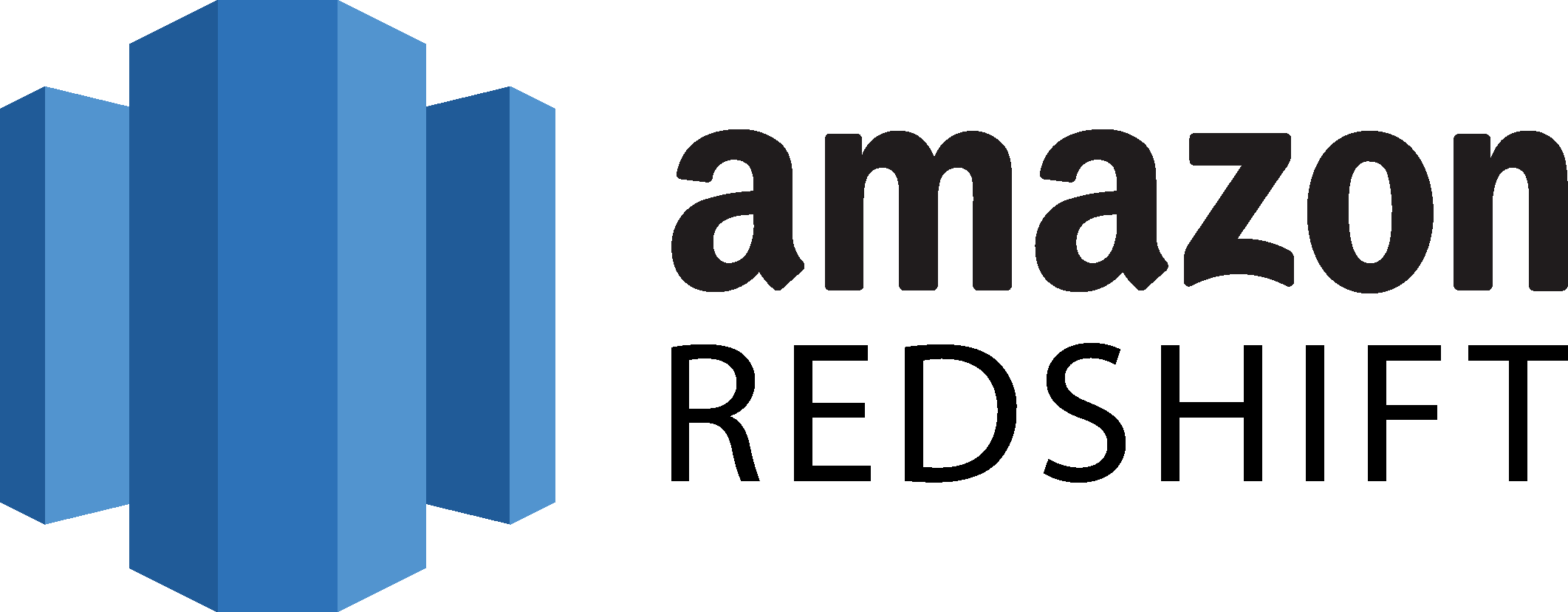


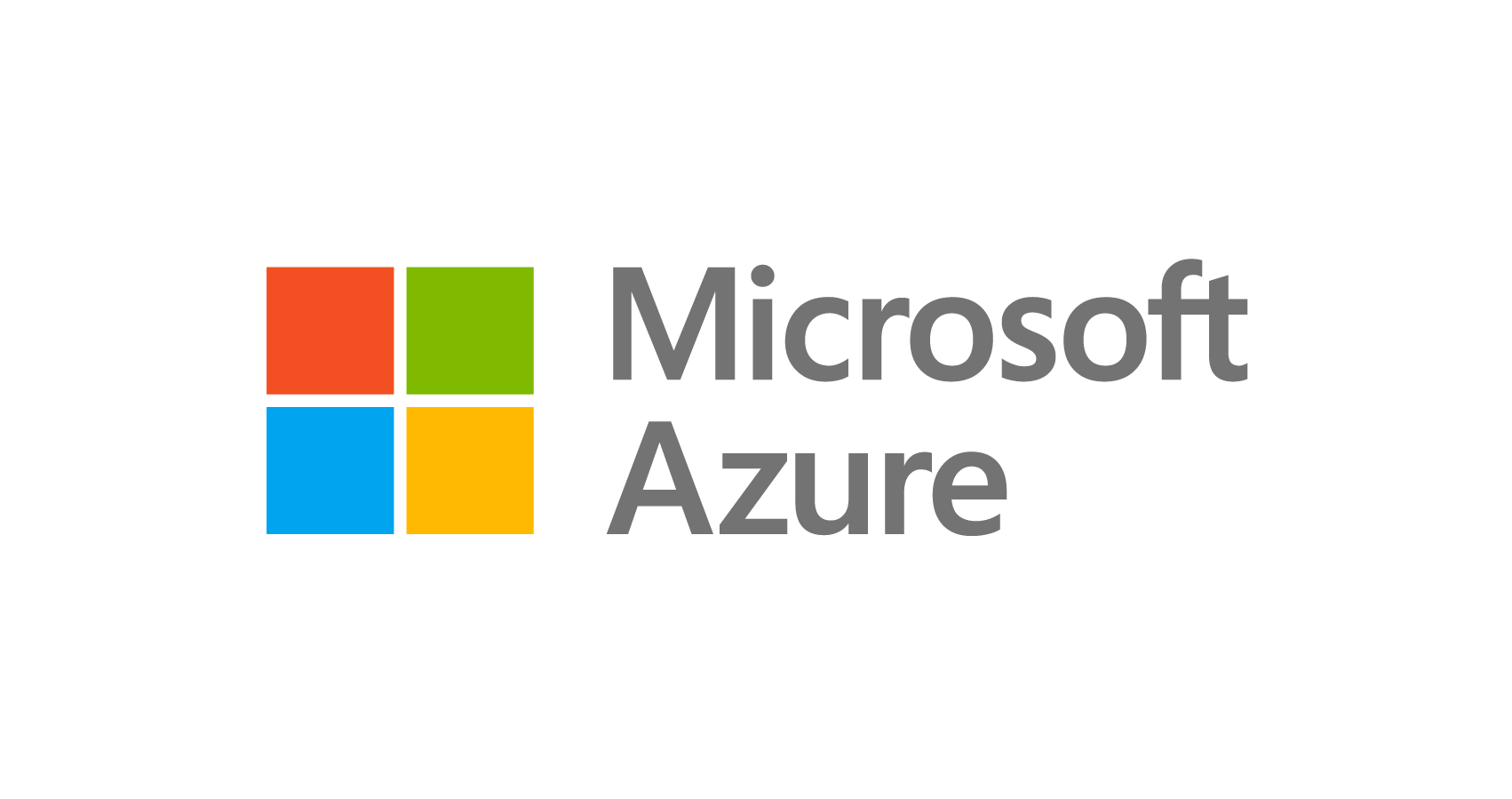
ETL Tools
While there are many solutions for delivering and integrating data, an ETL tool is a vital component of data warehouse needs. The ETL process is an essential step in data warehouse operations as it unlocks the value of the data and makes it easier to analyze.
Cloud-based ETL tools. Cloud-based ETL tools are often easier to implement than other tools because they offer faster integrations. Visual tools execute ETL pipelines directly in cloud data warehouses such as BigQuery, Redshift, Snowflake, and Azure. Many tools are available to build transformations with a user interface that are also enabled to run code.
- Dataflow
- BigQuery
- AWS Glue
- Tableau
Custom-built ETL tools. Custom solutions are developed to meet certain use case needs as well as to address unique situations. A solution can be developed by custom coding an ETL pipeline in Python or SQL with available open-source frameworks, libraries, and tools.
Python tools are varied, depending on ETL pipeline needs. For example, you can build a data pipeline using Apache Beam, run it using a database abstraction provided by Spark, and manage it with Airflow.
Data Lakes
A data lake is a repository of raw data in its original format—structured and unstructured data that are loaded using ELT process, without a staging area, transforming only the data to be analyzed by the business intelligence tools. Most data lakes were built using open-source data processing software (like Apache Hadoop) and run computing clusters on-premises. Initially, many companies migrated to cloud data lake architectures, running Apache Spark as a processing engine to perform transformations.
Data lakes have limitations, however, such as lack of transaction support, difficulty mixing batch and streaming jobs, data quality issues, and management complexities. The need to move data from multiple sources increases. In addition, moving data from data lakes to data warehouses involves complex processes.
Lake House Architecture
A lake house is a data management architecture in an open format—a central data lake containing all the data—comprising a unified data platform with accessibility from all data sources. This is a low-cost, flexible solution with on-demand storage and elastic computing power that enables machine learning and business intelligence.
A lake house approach takes on the best elements of data lakes and data warehouses. Lake house architectures support structured, semi-structured, and unstructured data stored in open formats, in an object-based storage layer, and because of the independence of the tools, lake house architectures allow enterprises to move data or change vendors and technologies at any time.
Lake house architectures support transactional operations, unifying data and teams to run real-time analytics as well as reliable batch and streaming data processing.
- Databricks
- Amazon Redshift Lake House Architecture
- Snowflake
Conclusion
The complexities of unlocking new directions in data strategy and building an ETL pipeline invariably lead to many questions. How to set up a data architecture? How to explore data? How to run a pipeline? How to scale?…Where in the world to even begin?
Questions such as whether to code a customized data pipeline, employ existing tools, or utilize a mix, for example, require assessing a company’s operations, workflows, technologies, maturity level, and skillsets, among many other considerations.
For many enterprises, the lack of qualified talent is definitely an obstacle in the scaling process. That’s why engaging in a collaborative partnership model with a ETL pipeline specialist with proven experience in development and cloud computing has been a strategy for enterprises to reach their goals and objectives much faster.
- Which pipelines and data characteristics are best for certain environments and transformation engines
- Recommendations from pipeline, transformation, and standardization perspectives
- How to address project requirements and cost optimization
- Vendor-neutral benefits and best practices in data integrations
- ETL pipeline specific use case questions
- Krasamo’s experience, skillset, and capabilities
- How a Krasamo team can fit into your business environment
- Or any other information you need about solving integration challenges in your data strategy

